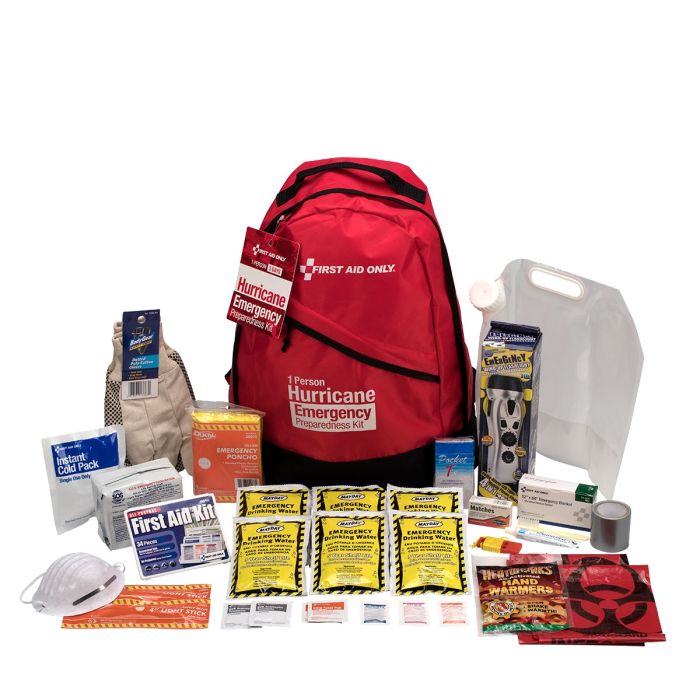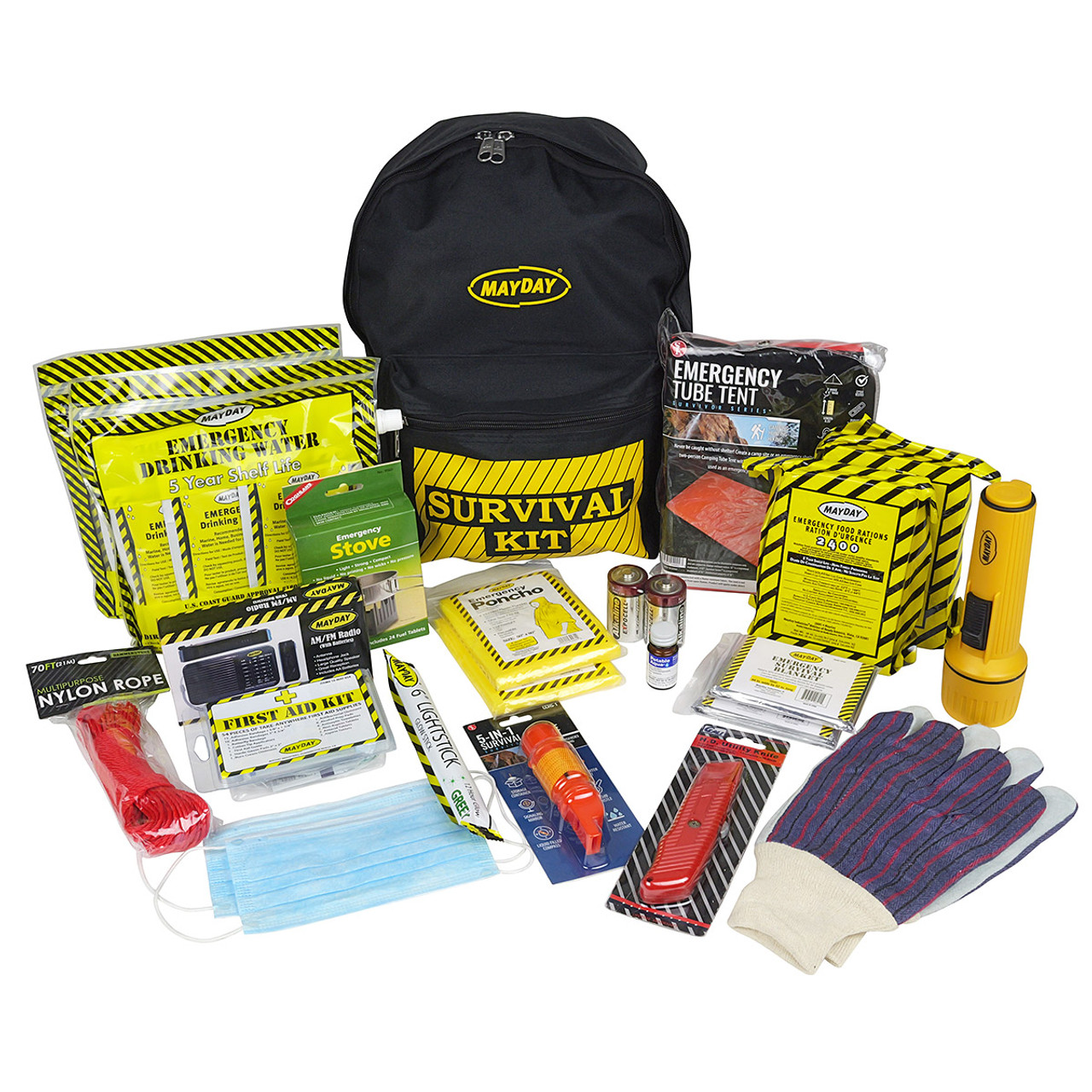Stay Safe with Emergency Preparedness: Expert Tips and Methods
Stay Safe with Emergency Preparedness: Expert Tips and Methods
Blog Article
Exactly How to Establish a Detailed Emergency Preparedness Plan
In the world of preparedness, developing a thorough emergency plan is not just a job to check off a listing; it is a crucial keystone of any company or person's strength technique. By carefully crafting a strategy that addresses numerous elements of emergency administration, including threat assessment, interaction methods, source allowance, and tactical decision-making, one can lay a solid foundation for safeguarding assets, lives, and procedures.
Importance of Emergency Readiness
Emergency preparedness is crucial for alleviating possible risks and making sure the safety of individuals and areas. In today's world, where natural disasters, public health and wellness dilemmas, and various other emergency situations can strike without caution, being prepared can make a significant distinction in lessening the influence of these events. By having a well-balanced emergency situation preparedness plan in area, organizations and people can react efficiently, secure lives, and reduce property damages.
One of the primary reasons that emergency situation readiness is crucial is its duty in saving lives. Having a plan that lays out clear treatments for emptying, communication, and emergency situation response can assist individuals act promptly and decisively when emergency situations happen (visit the website). This can prevent injuries and fatalities by ensuring that individuals know what actions to take to stay risk-free
Furthermore, emergency situation readiness boosts the strength of neighborhoods. By promoting a culture of readiness and planning for different circumstances, neighborhoods can get better more promptly from interruptions and catastrophes. This durability is important for maintaining security, continuity of procedures, and general health when faced with difficulty.
Assessing Potential Threats
Considering the importance of being prepared for unanticipated occasions, the preliminary action in establishing an effective emergency situation preparedness strategy entails completely assessing and analyzing potential dangers. This evaluation calls for an extensive evaluation of all feasible threats that might affect the company, taking into consideration factors such as area, sector, and historic information on occurrences. By identifying these risks, organizations can prioritize their preparedness initiatives and assign resources successfully to alleviate one of the most significant hazards.
Typical threats that organizations may encounter consist of all-natural disasters like floods, hurricanes, or earthquakes, technical hazards such as power blackouts or information violations, in addition to human-caused dangers like accidents or deliberate acts of violence. Conducting a risk analysis also includes taking into consideration the potential impact of these events on the organization's operations, staff members, clients, and reputation. By carrying out a complete danger assessment, organizations can create tailored emergency situation response plans that resolve their specific vulnerabilities and make certain effective readiness for any type of possible dilemma.
Producing an Interaction Plan
Establishing a clear and comprehensive interaction strategy is vital for reliable emergency situation preparedness within organizations. In times of dilemma, interaction plays a crucial duty in making sure the security and wellness of workers, stakeholders, and the community. A well-balanced communication plan should detail clear lines of interaction, mark key personnel accountable for interaction tasks, and establish procedures for sharing details promptly and properly.
One trick aspect of creating a communication plan is identifying alternate and primary communication channels (EMERGENCY PREPAREDNESS). These can include email, message messaging, phone trees, social media systems, and public address systems. It is crucial to ensure that these channels are reliable, accessible, and routinely evaluated to guarantee their effectiveness throughout emergencies

Building an Emergency Set
Given the important significance of readiness in times of dilemma, a vital component that companies must attend to is the facility of an emergency package. When assembling an emergency situation package, it is vital to take into consideration the particular demands and circumstances of the organization. In addition, organizations ought to consist of vital documents, such as get in touch with listings, insurance policy information, and emergency action strategies, in waterproof containers within the set.
Developing Emptying Procedures
To make sure the safety and orderly evacuation of workers throughout emergency situations, companies must establish reliable and clear discharge treatments. Evacuation procedures ought to include a series of prospective circumstances, consisting of fires, all-natural calamities, or various other emergency situations that call for speedy discharge.

Additionally, companies should establish a system for accountancy for all employees during an evacuation to make sure that every person has safely exited the facilities. Interaction plays an essential role in evacuation procedures, with clear directions on just how to leave and when to do so. Normal review and updating of evacuation procedures based on feedback and changing situations are important to keeping the performance of the strategy.
Verdict
Finally, creating an extensive emergency preparedness plan is important for making sure the security and wellness of individuals in the event of a disaster (EMERGENCY PREPAREDNESS). By evaluating potential risks, creating an interaction strategy, developing an emergency kit, and establishing evacuation individuals, treatments and companies can be much better geared up to respond effectively to emergency situations. It is essential to focus on preparedness initiatives to alleviate the effect of disasters and shield lives and residential or commercial property
In the realm of readiness, developing a comprehensive emergency situation plan is not merely a job to check off a checklist; it see here now is a crucial foundation of any company or individual's strength technique. When emergencies take place, having a plan that lays out clear procedures for emergency, interaction, and evacuation action can help individuals act swiftly and decisively. visit site. By carrying out a detailed threat analysis, companies can create customized emergency situation response strategies that resolve their details vulnerabilities and make sure efficient readiness for any kind of prospective crisis
Establishing a extensive and clear interaction plan is crucial for effective emergency situation readiness within companies. By examining prospective risks, creating an interaction strategy, developing an emergency kit, and developing discharge treatments, organizations and individuals can be better equipped to react properly to emergencies.
Report this page